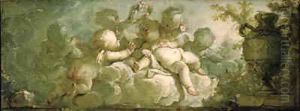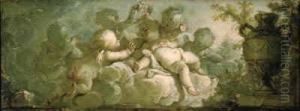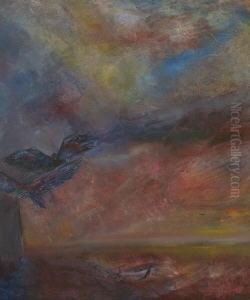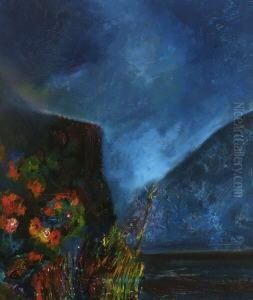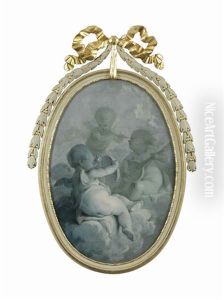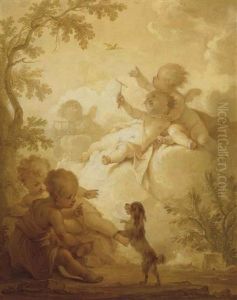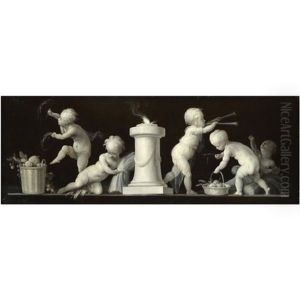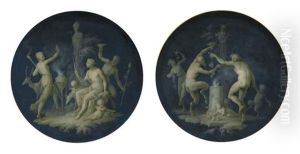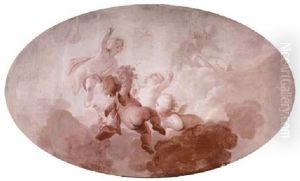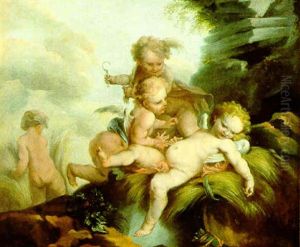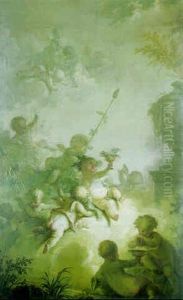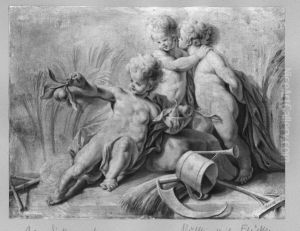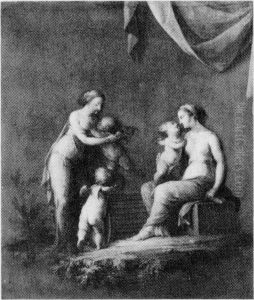Dirk Van Der Aa Paintings
Dirk Van Der Aa was a Dutch painter who was born on February 15, 1731, in The Hague, Netherlands. He was primarily known for his allegorical work and decorative paintings, often imbued with a Rococo flair, a style that was characterized by elaborate ornamentation, asymmetric designs, and a sense of light-heartedness. Van Der Aa began his artistic training with the accomplished still life painter Aert Schouman in the Dutch city of Dordrecht.
After completing his apprenticeship, Van Der Aa returned to The Hague, where he became a member of the local painters' guild in 1759. His work during this period reflected the influence of French Rococo, which was popular among the Dutch elite. Van Der Aa's ability to incorporate this style into his allegorical and mythological scenes, as well as his decorative work for interior spaces, garnered the attention of wealthy patrons.
Despite the popularity of his style in the mid-18th century, there is relatively little information available about Van Der Aa's personal life or the full extent of his oeuvre. He did not achieve the same lasting fame as some of his contemporaries, and his work was somewhat overshadowed by the later rise of Neoclassicism, which supplanted Rococo as the dominant artistic trend in Europe towards the end of the 18th century.
Dirk Van Der Aa passed away on February 23, 1809, in The Hague. Although not as well-remembered as other artists from the period, his contributions to Dutch art during the Rococo period continue to be recognized by art historians and collectors. His work is part of several museum collections, and it provides valuable insights into the decorative tastes and artistic practices of his time.
